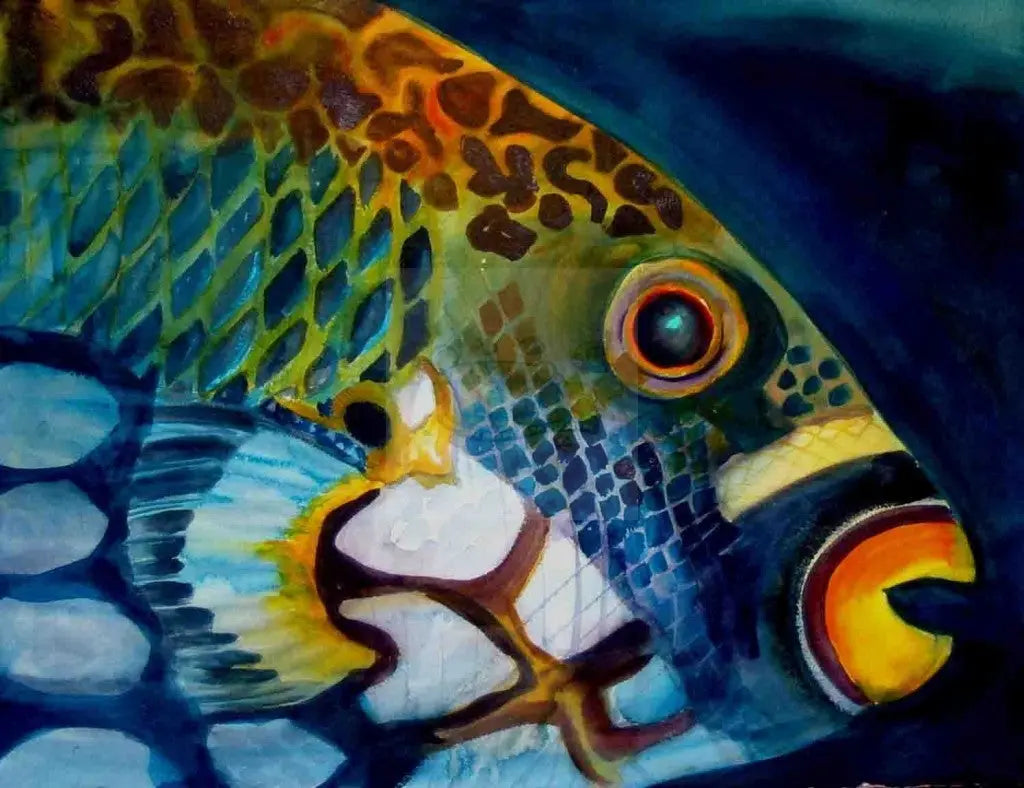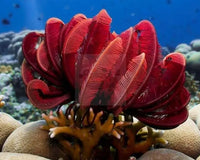During its lifespan, the beautifully coloured parrotfish is known to change its shape, colour and even gender.

Parrotfish are abundant in and around the tropical reefs of all the world’s oceans. There are about 80 identified species, ranging in size from less than 30 to 120 cm (1 to 4 ft) in length. All species vary in their colour and shape and each fish repeatedly changes throughout their lives, making it difficult for researchers to identify and classify the individuals.
Parrotfish are generally thought to be protogynous, where they are born females, but may change sex in the terminal phase. Scientists have based this around population dynamics. Group spawning is common in parrotfish, so one male can produce thousands of sperms to fertilise a lot of females. If a dramatic loss of males in the local population occurs, the initial phase females can immediately change sex and turn into fully functional males. This is usually associated with a change in colour to the brilliant greens and blues we associate with these fish.
Parrotfish evolved from the carnivorous wrasse family. Through the course of time, their teeth moved forward on the jawbone and reduced in size until they eventually fused together, creating a hard parrot-like beak that is very useful tool for scratching algae off the surface of coral.
After they digest the edible portions from the rock, they excrete it as sand. Large groups of parrotfish are known to help create small islands and account for about 30% of sand on tropical beaches with one fish producing 90 kg (200 lb) of sand each year.
Scientists are aware that parrotfish are an essential resource for the survival of coral reefs. Their ability to graze on large amounts of seaweed results in more space for new corals to grow while the grinding down of old coralline stones can recover and renew reefs entirely after natural disasters.
It is important that we protect this unique and beautiful species to keep our tropical reefs in balance.





